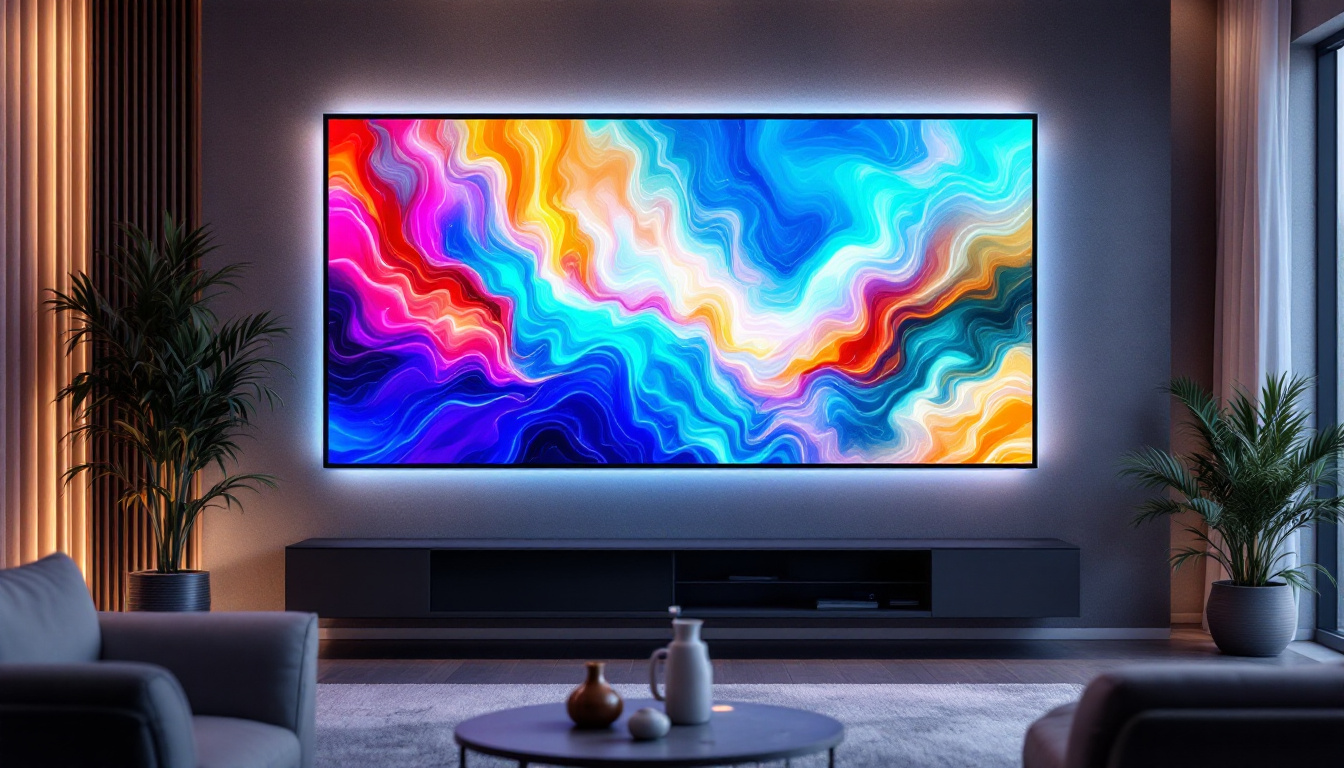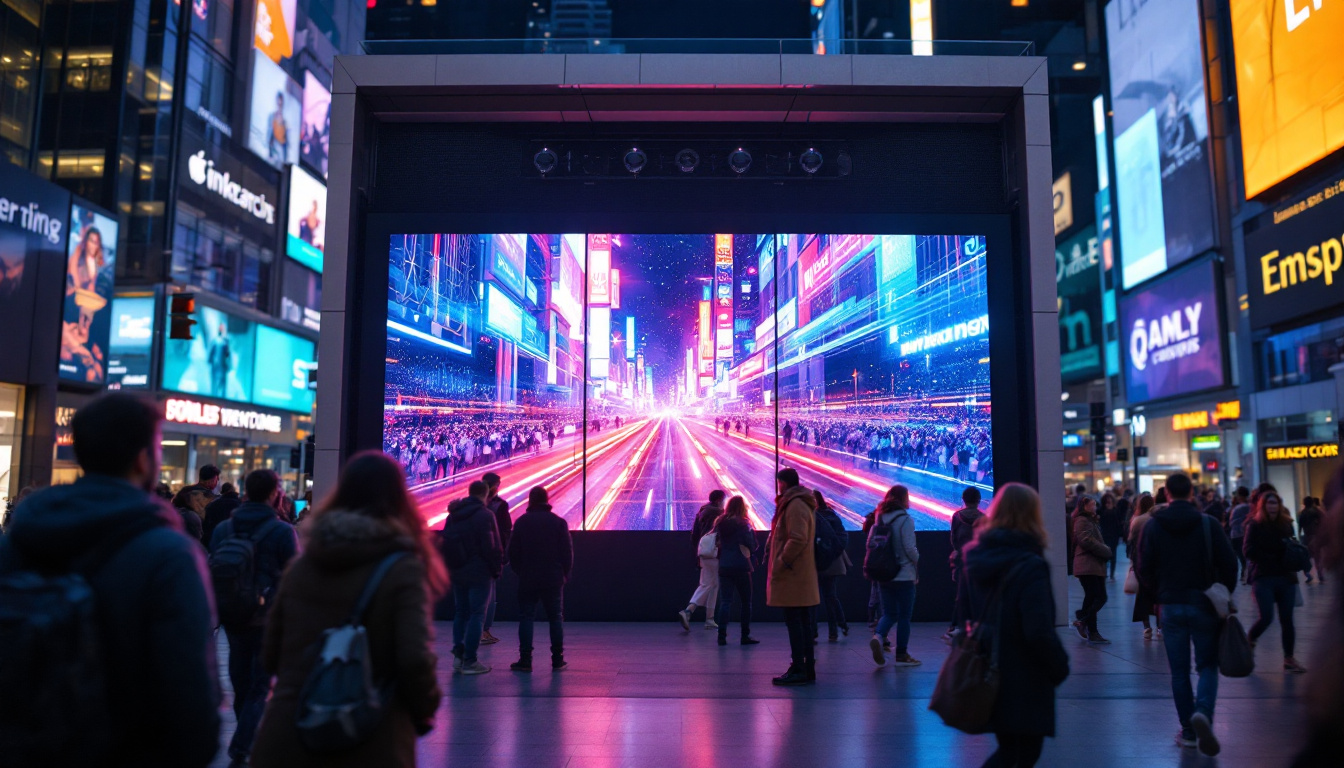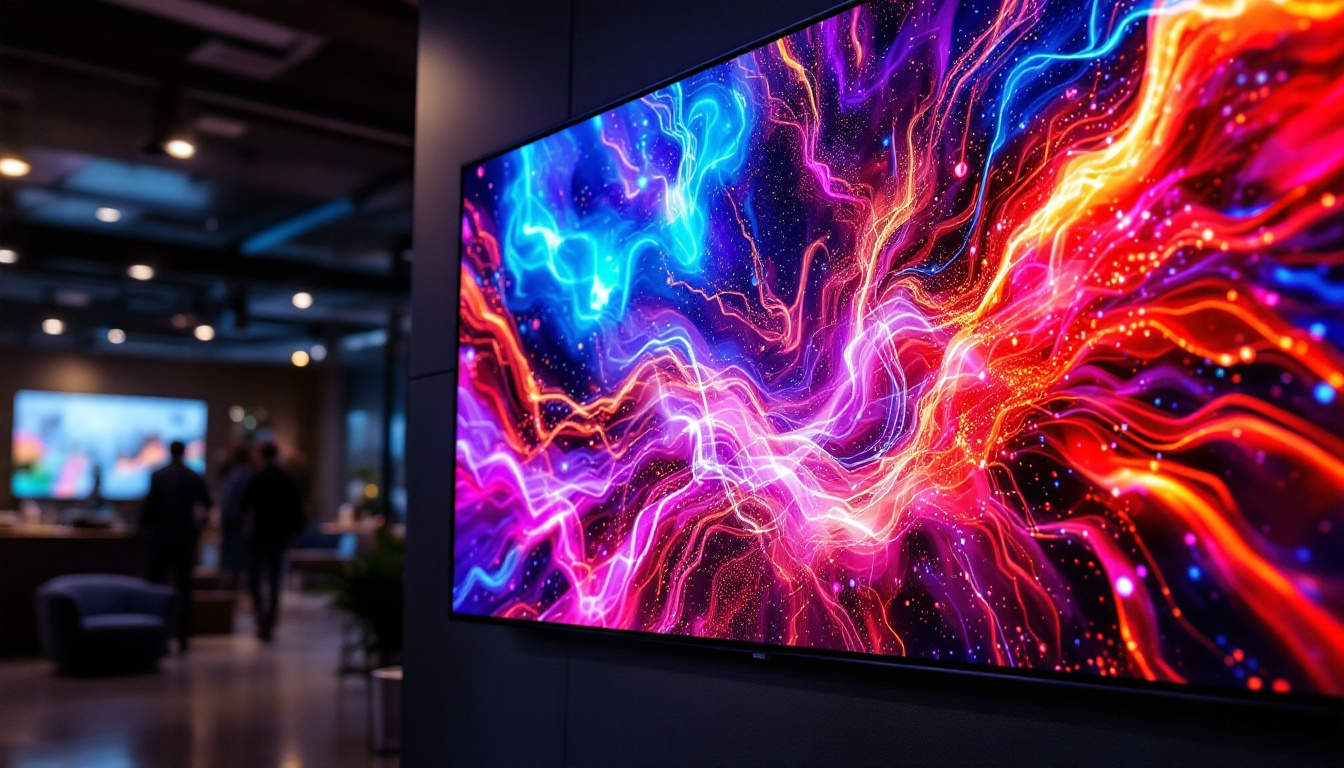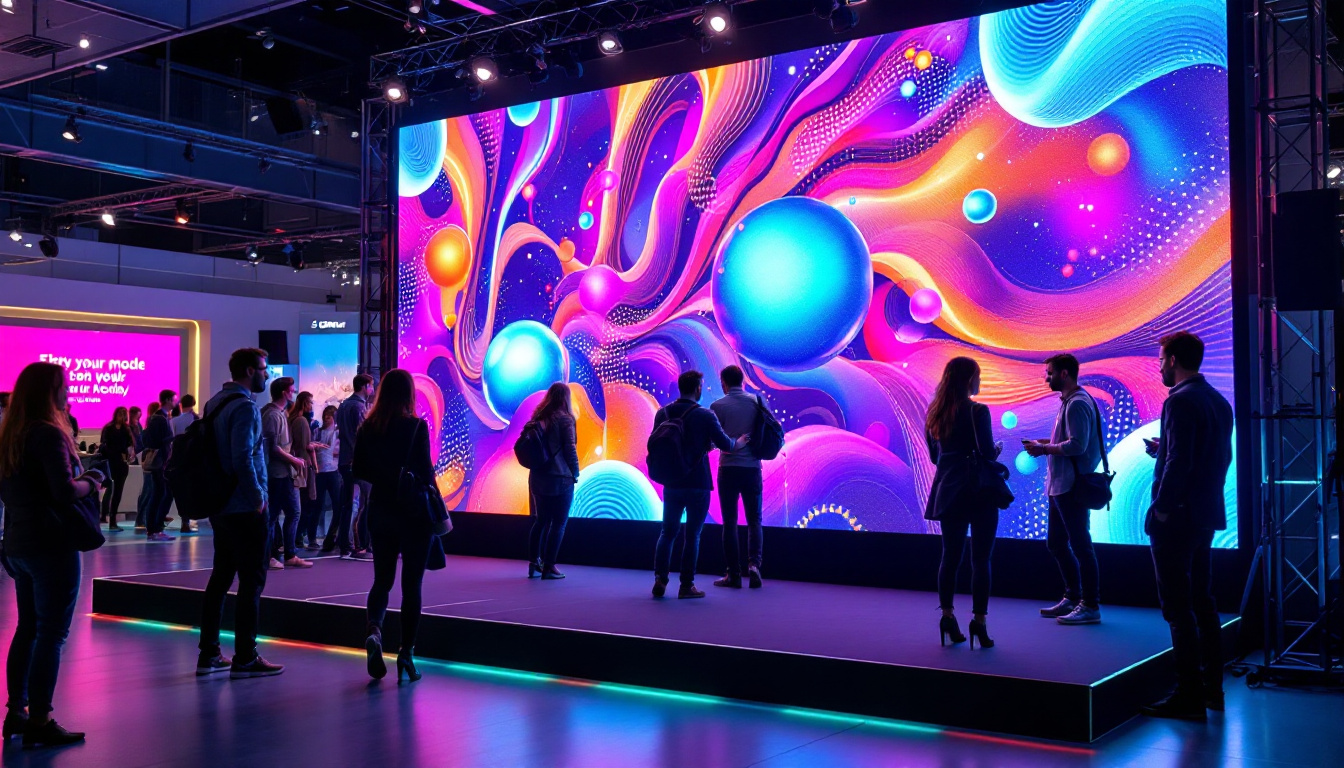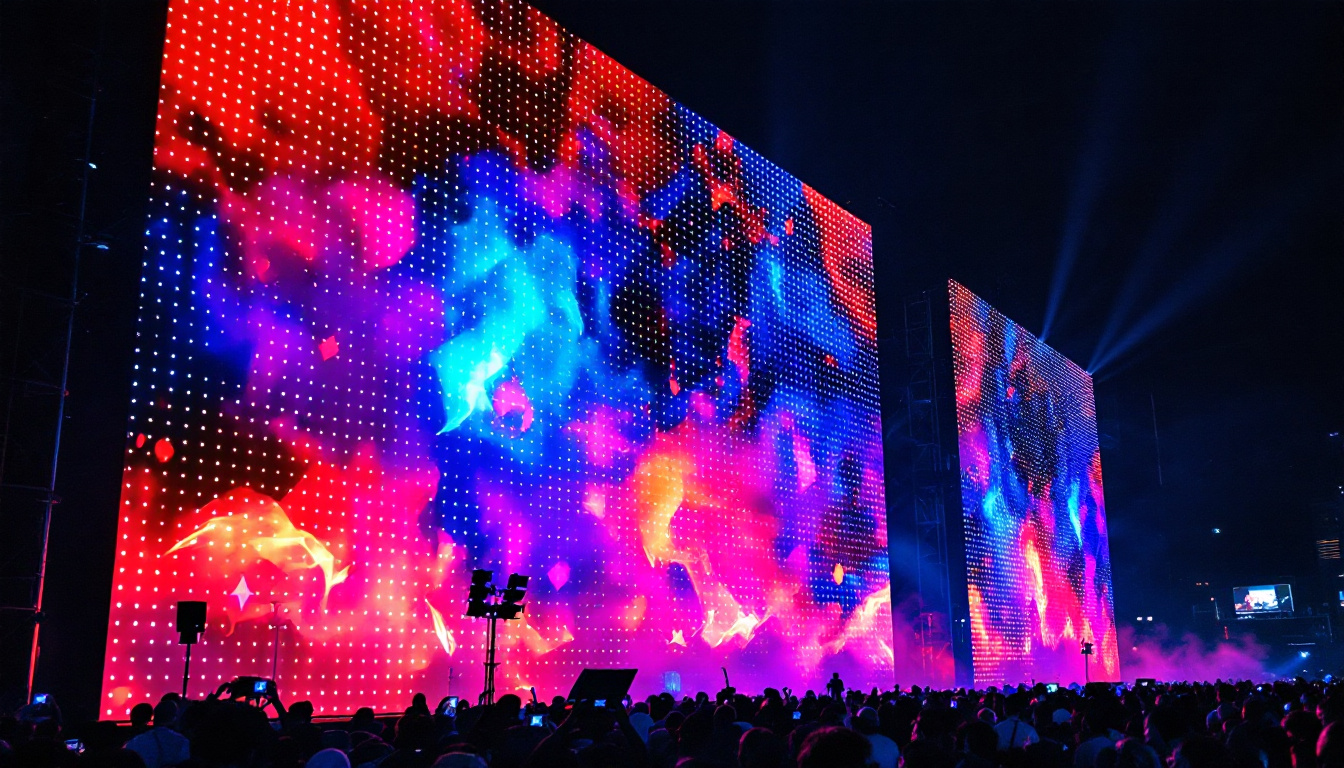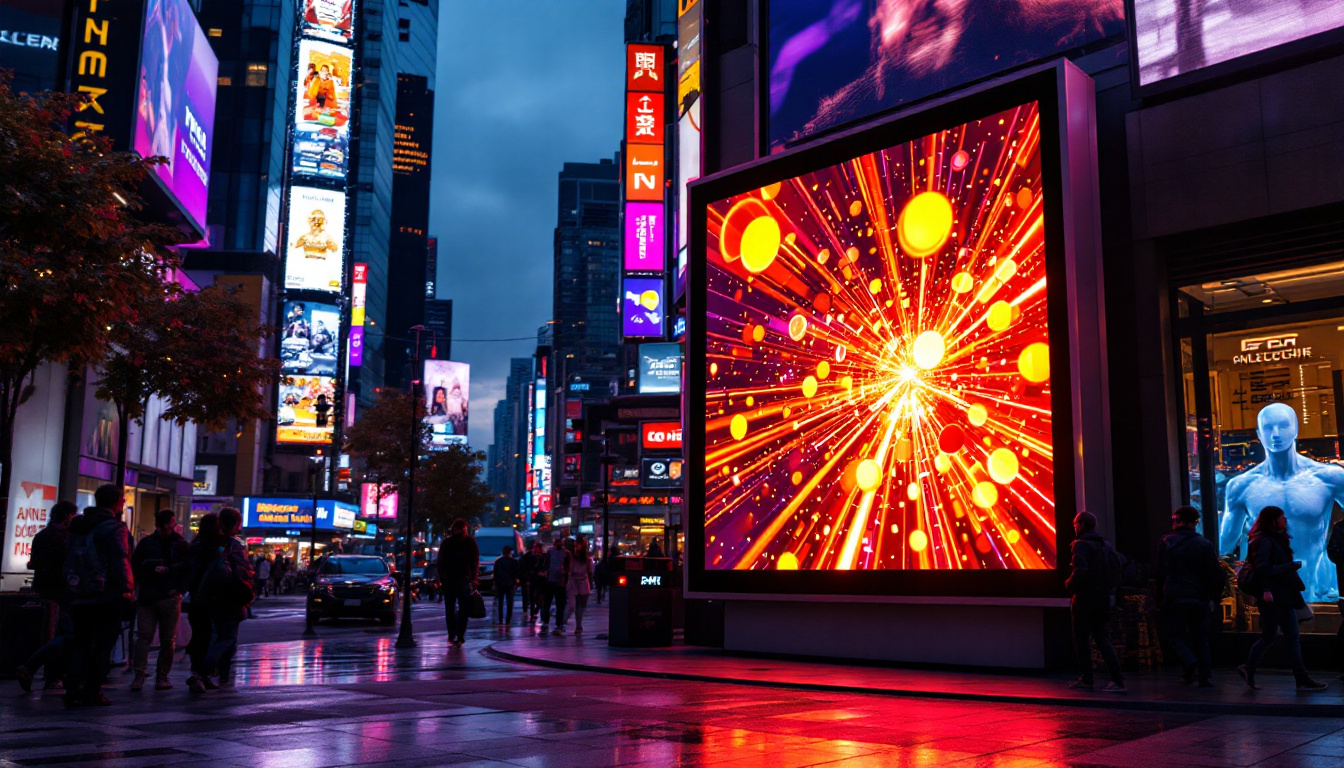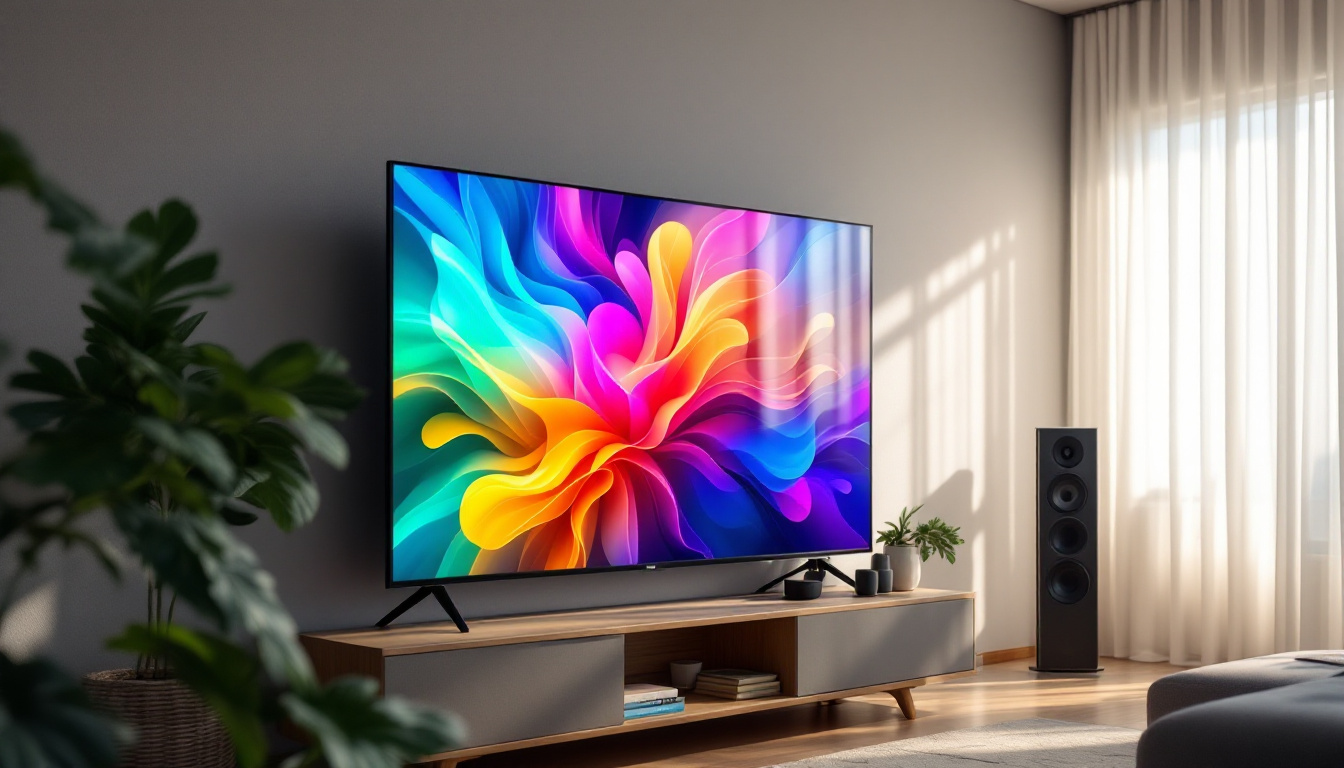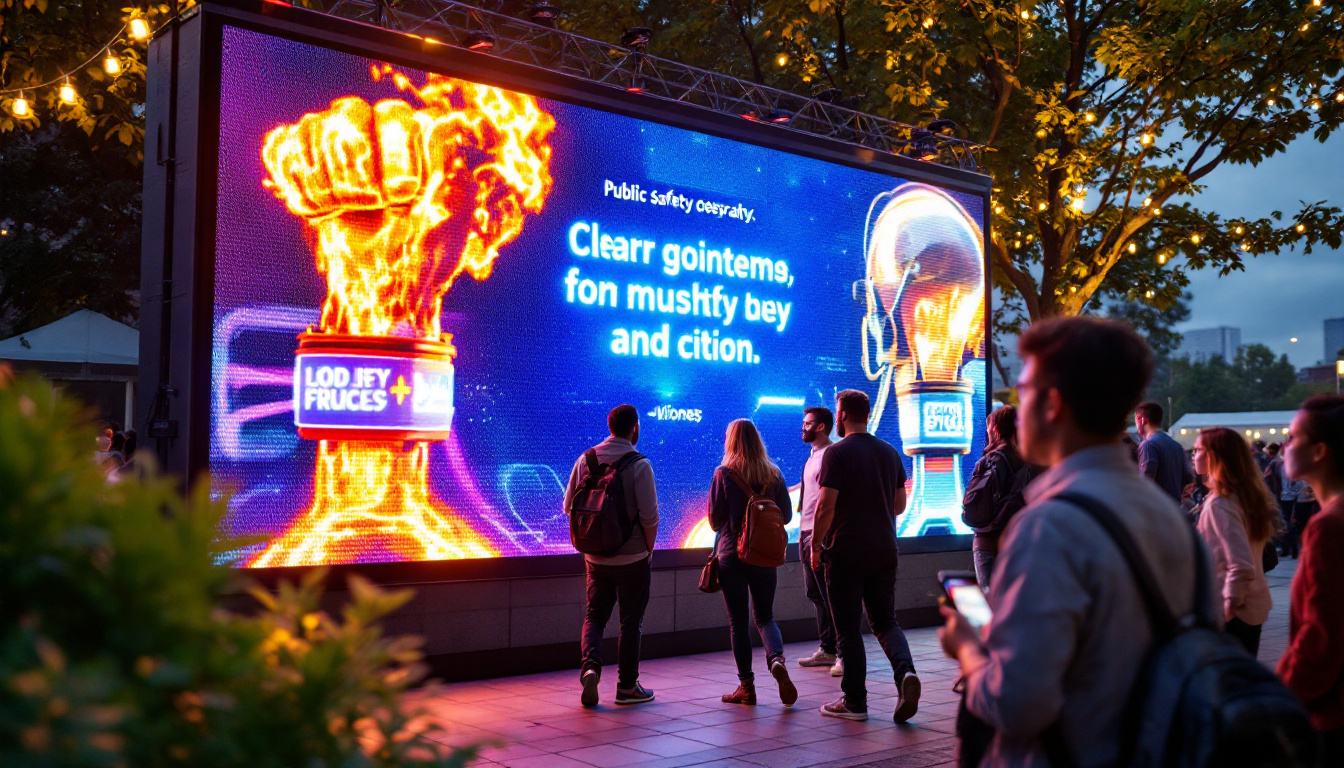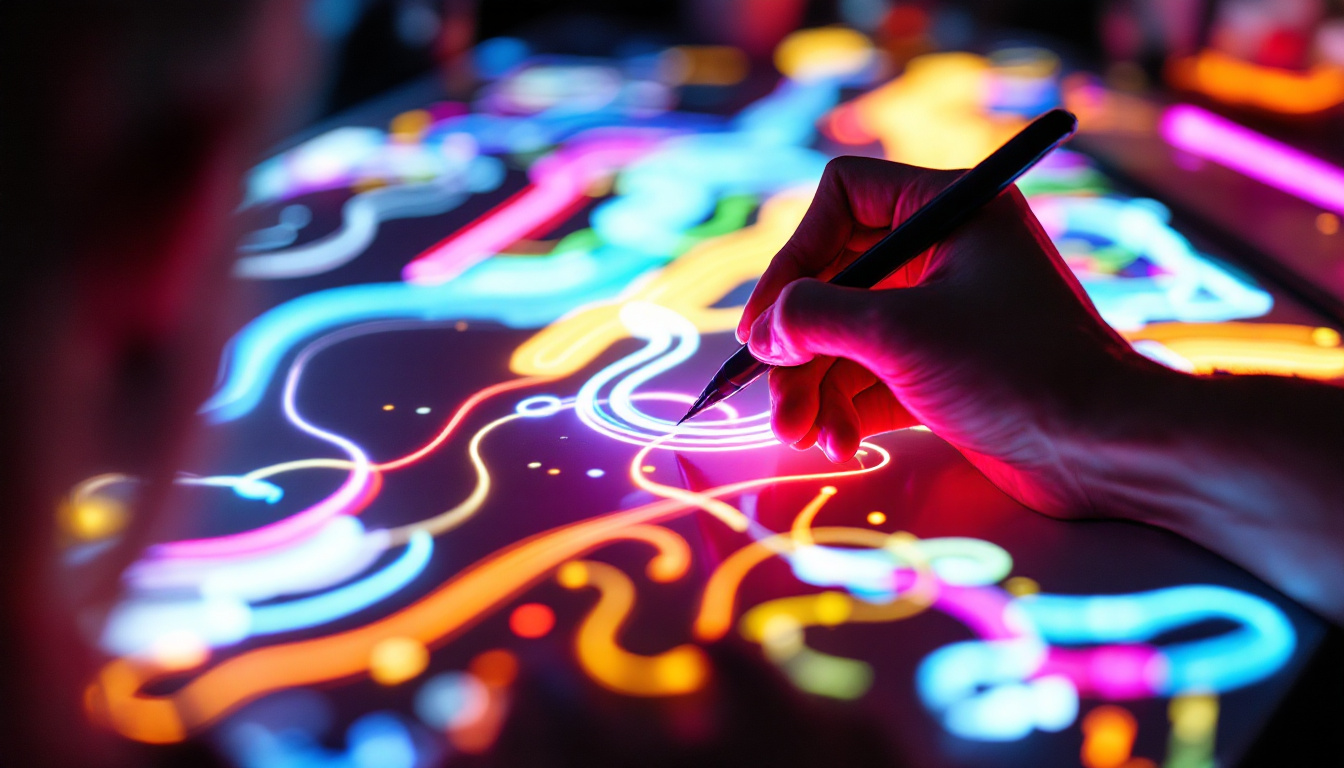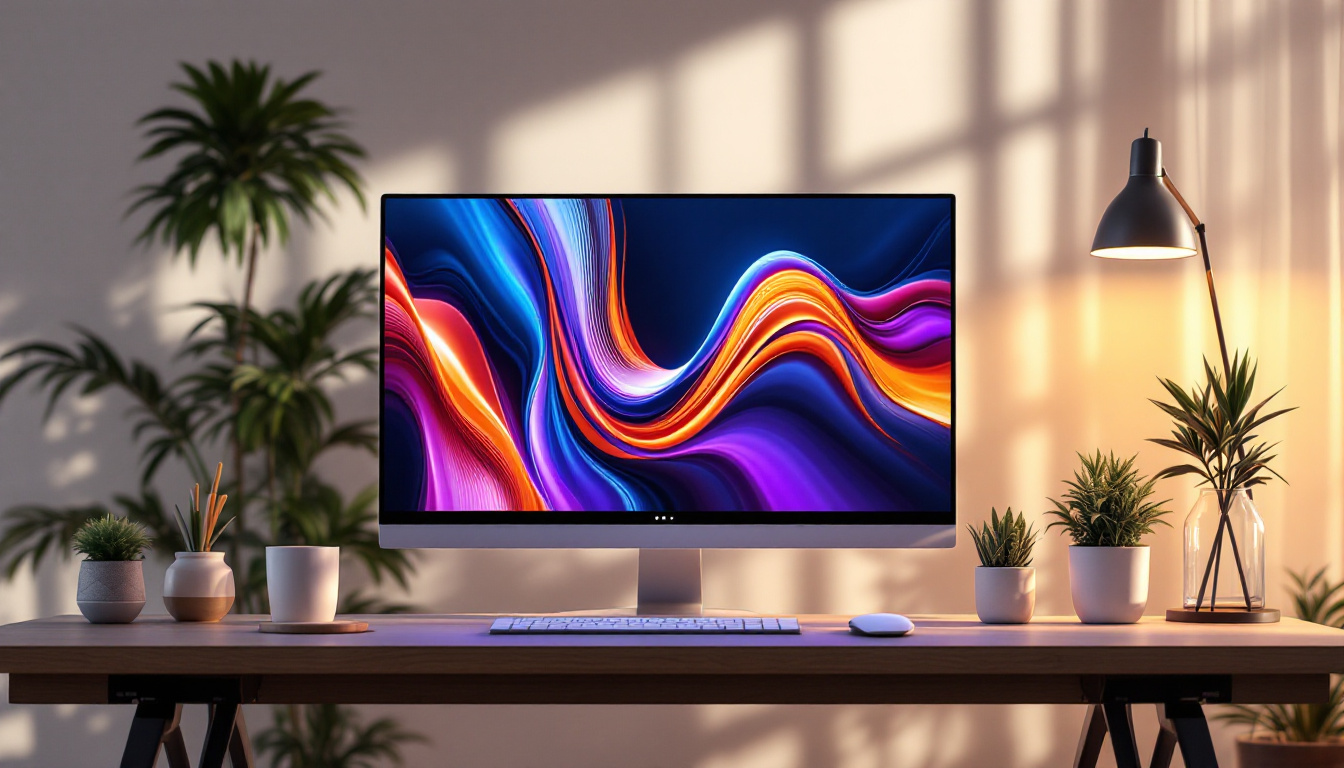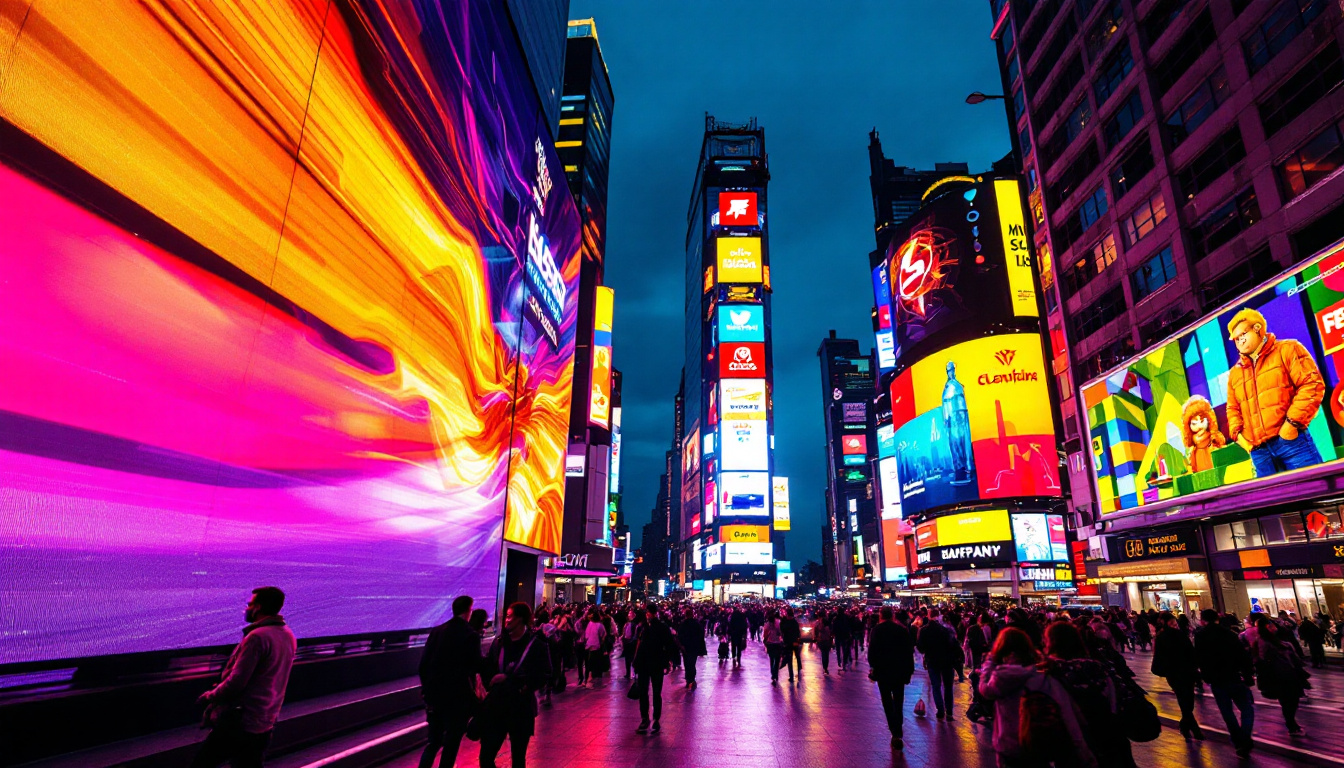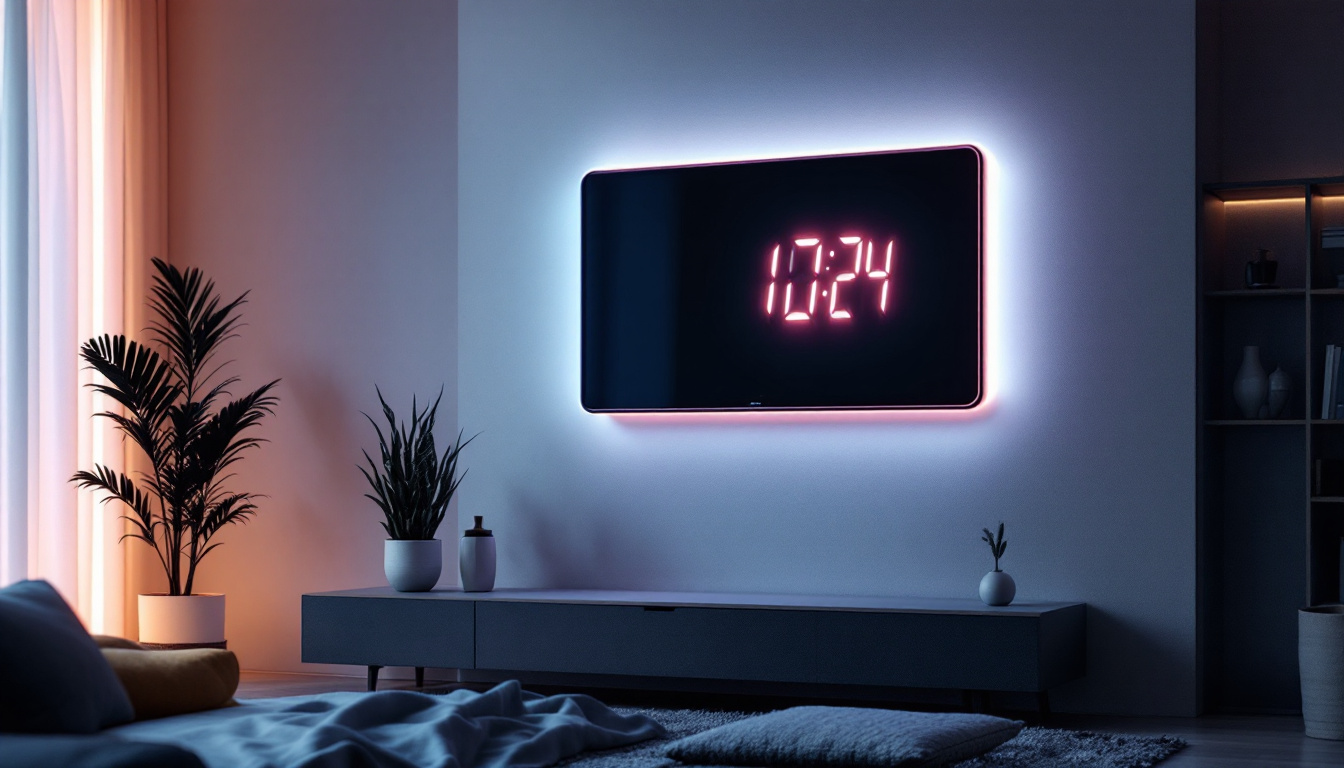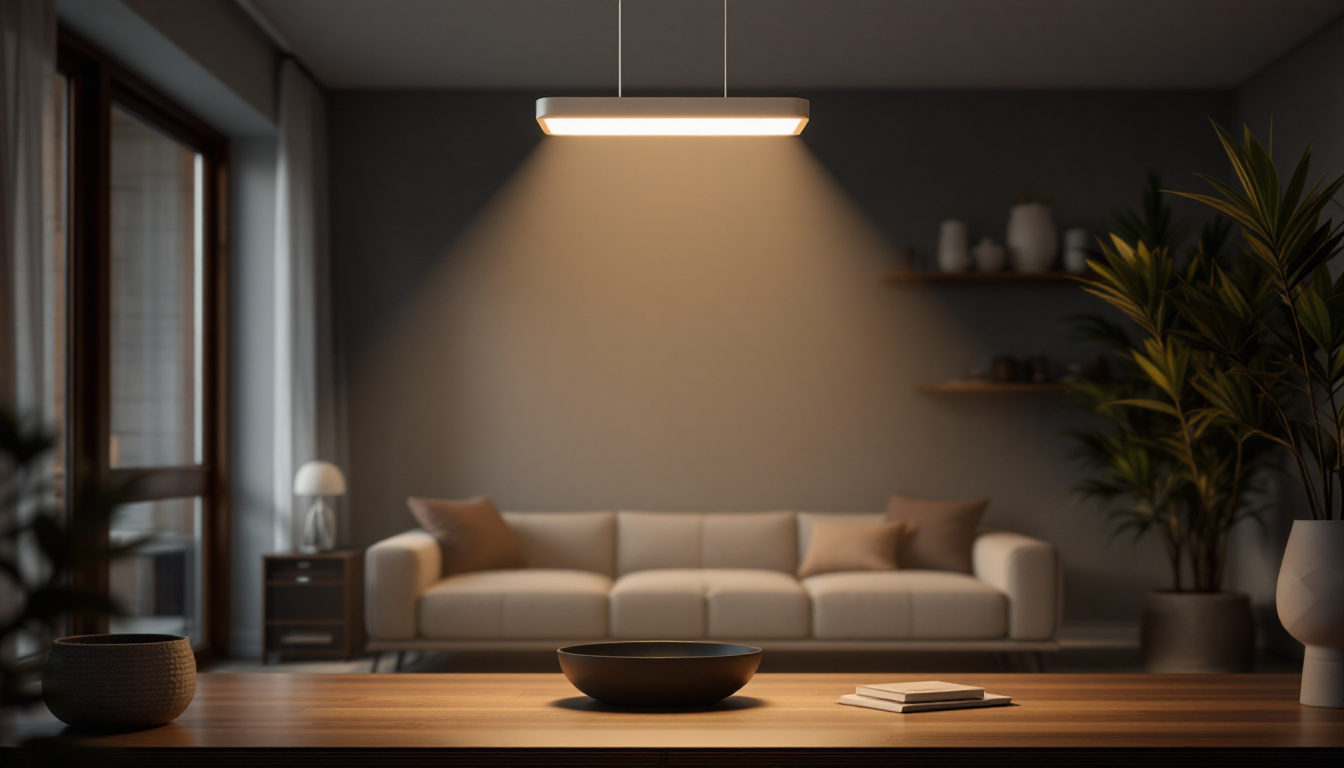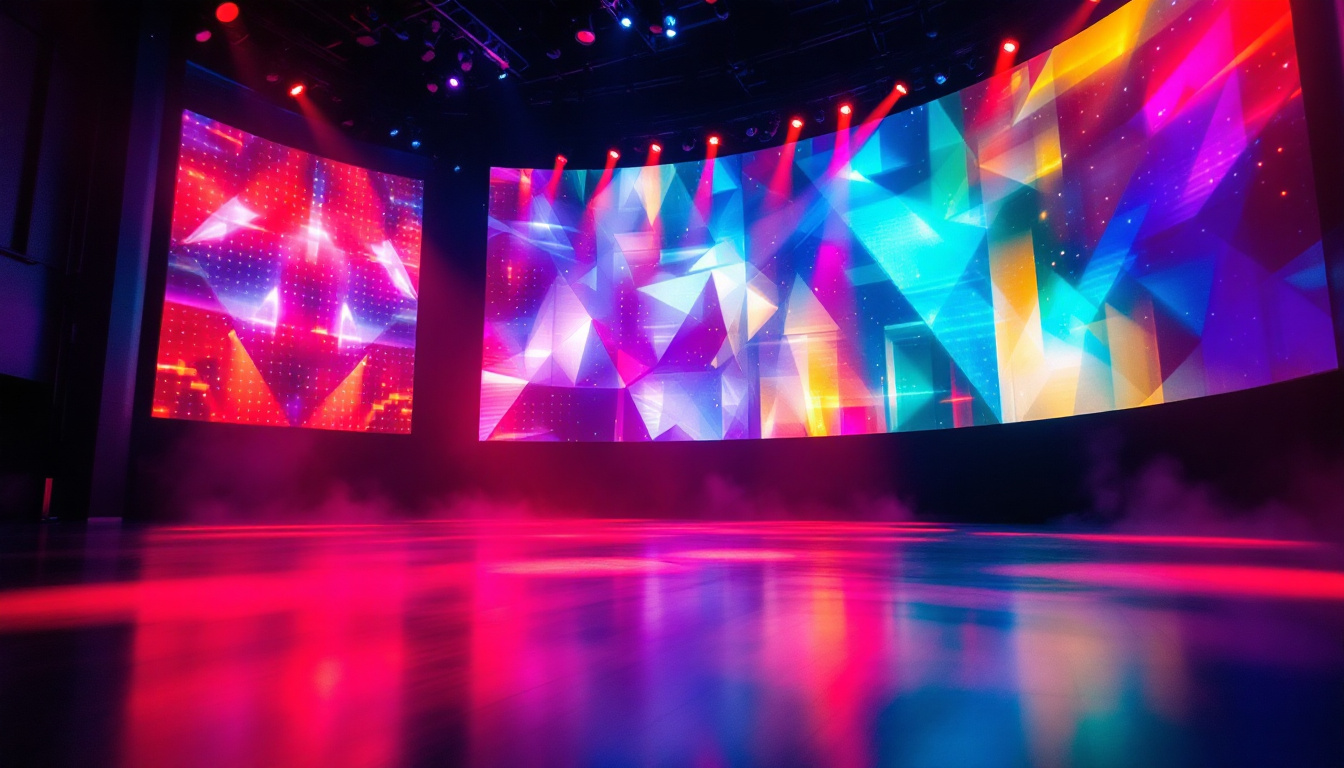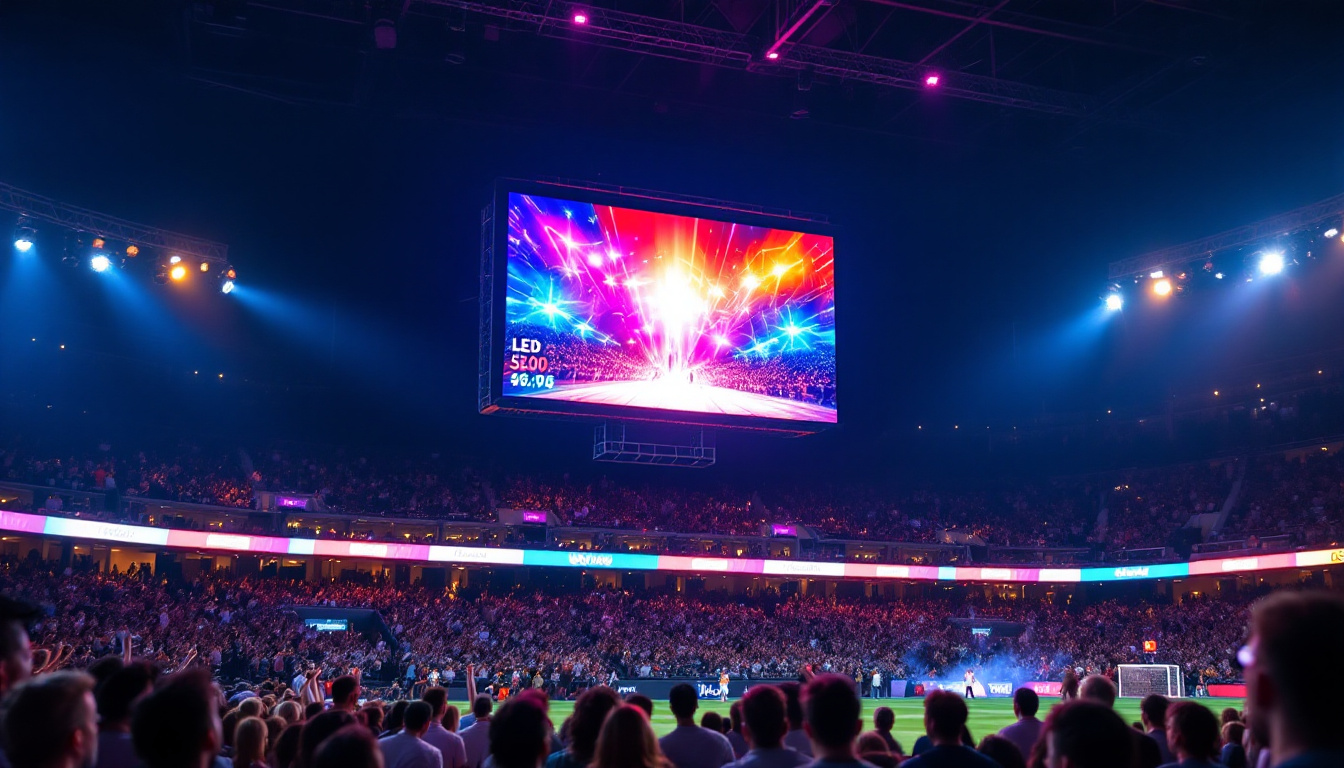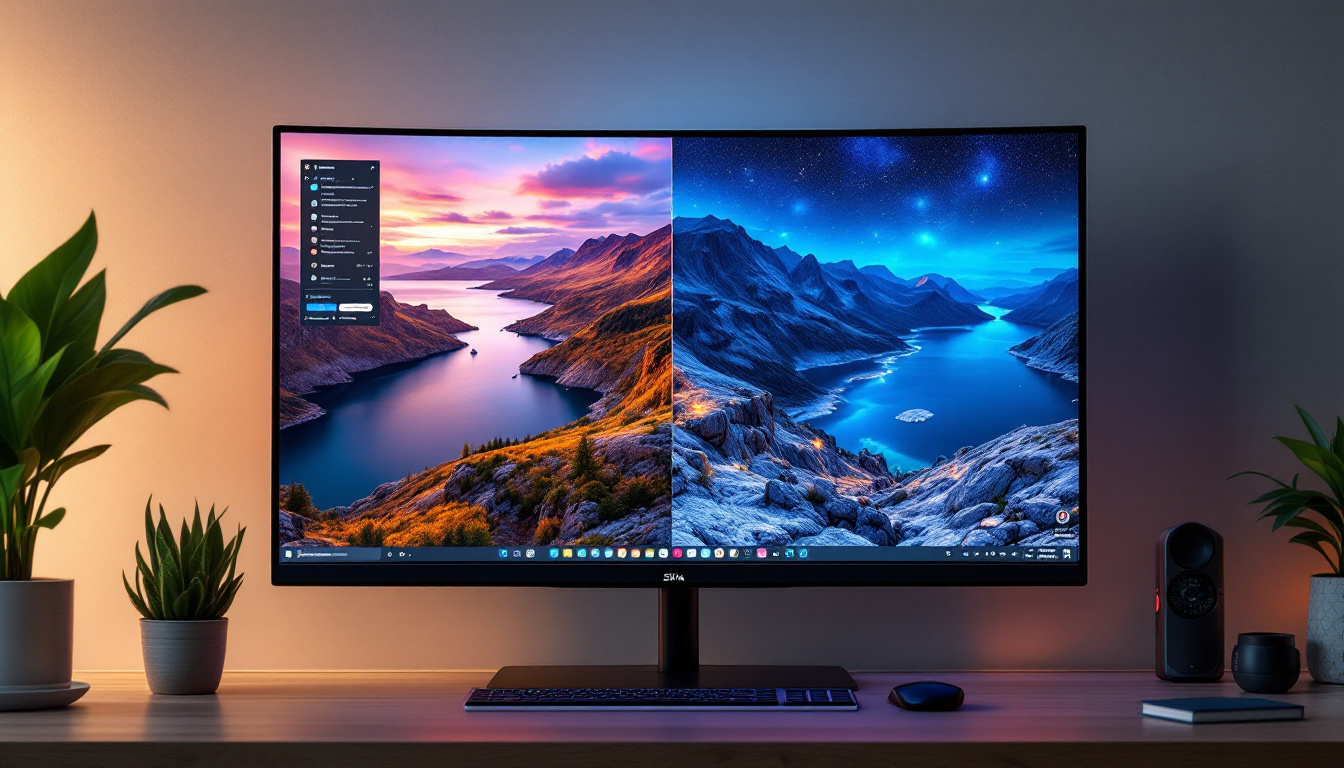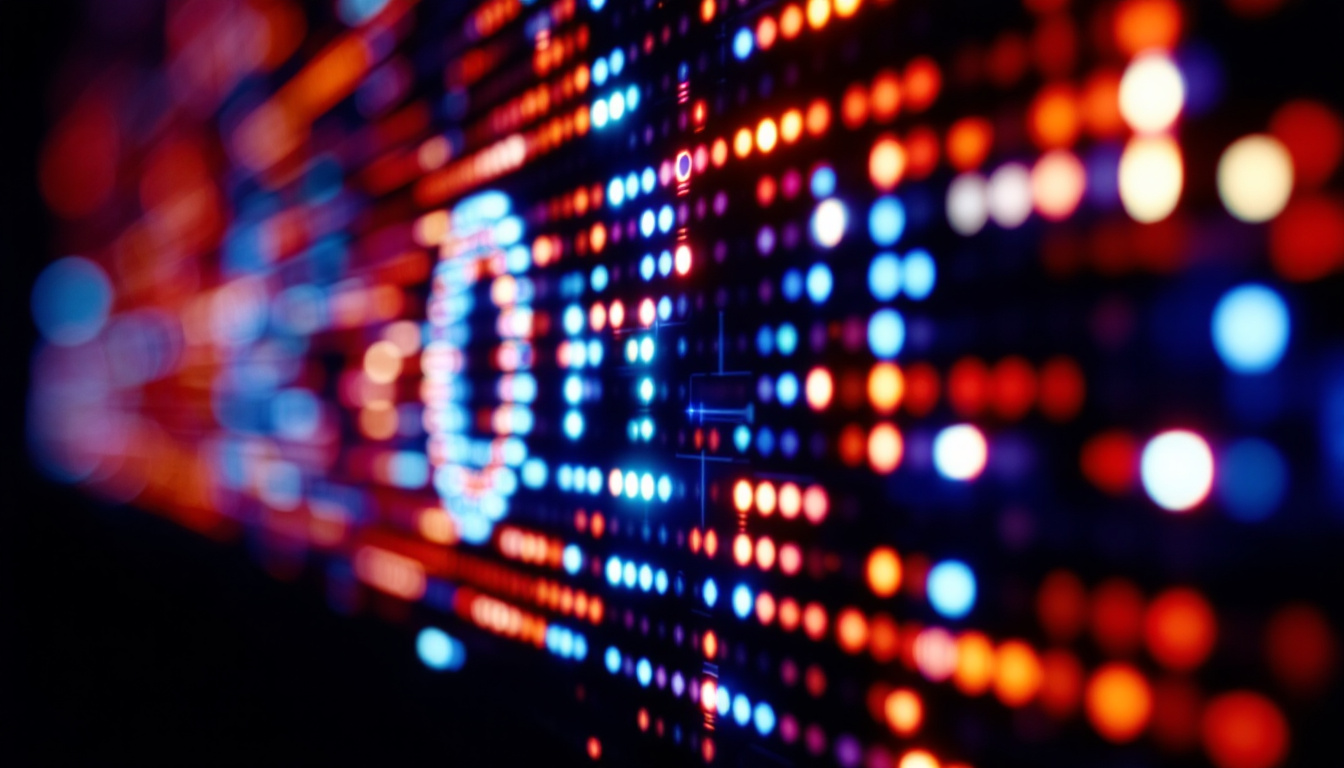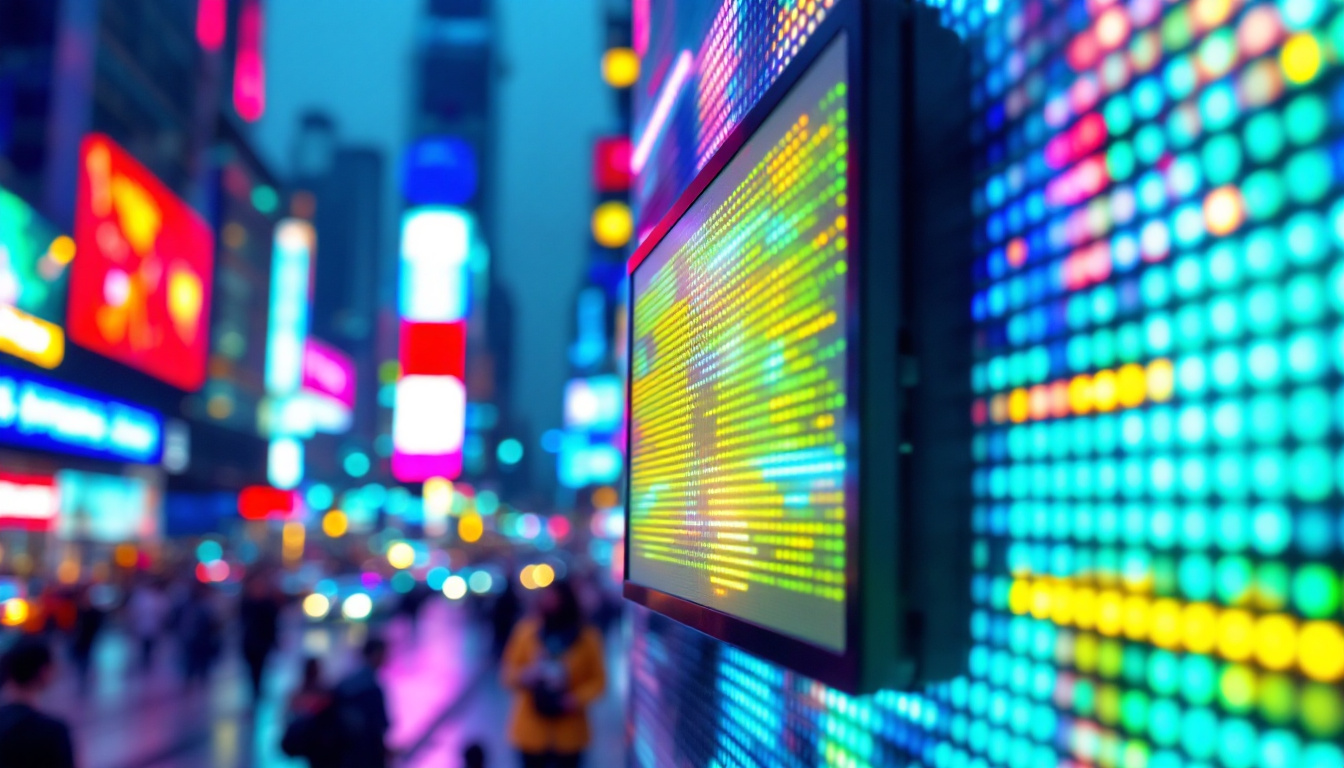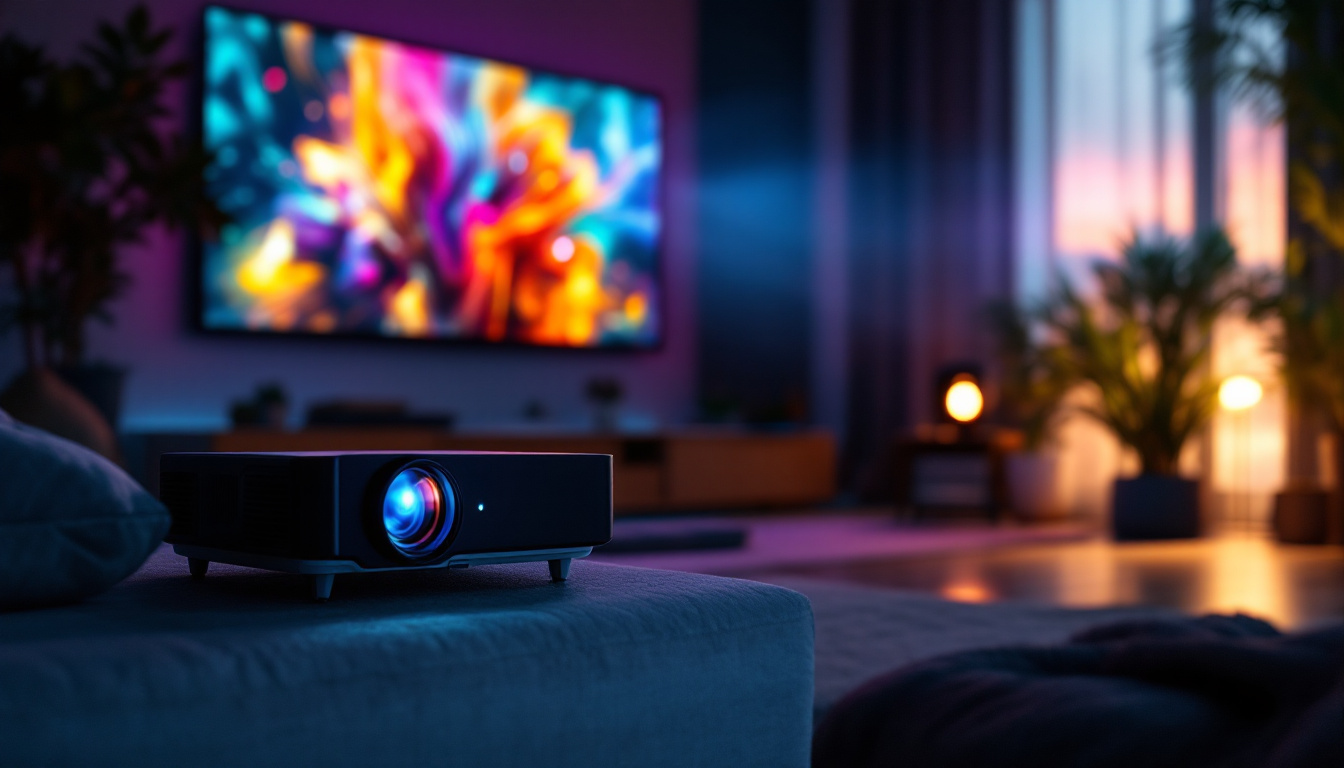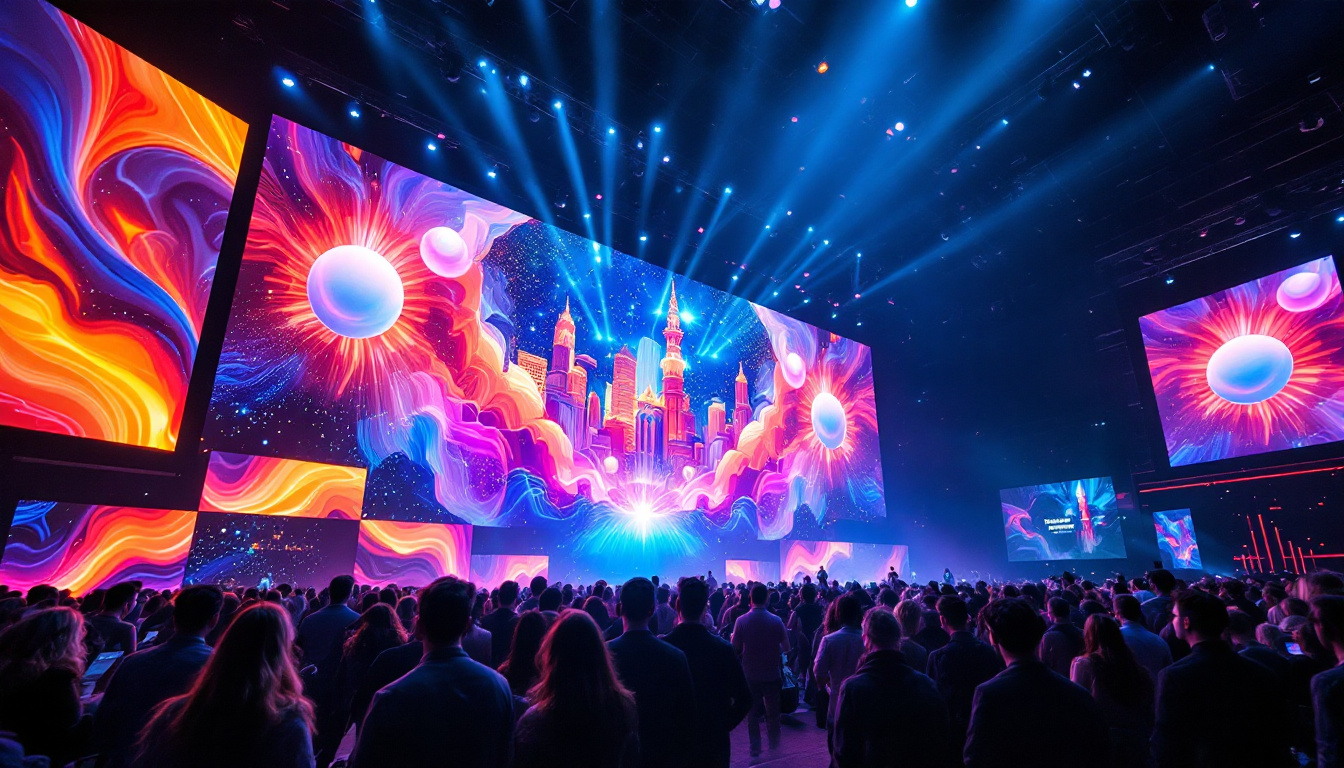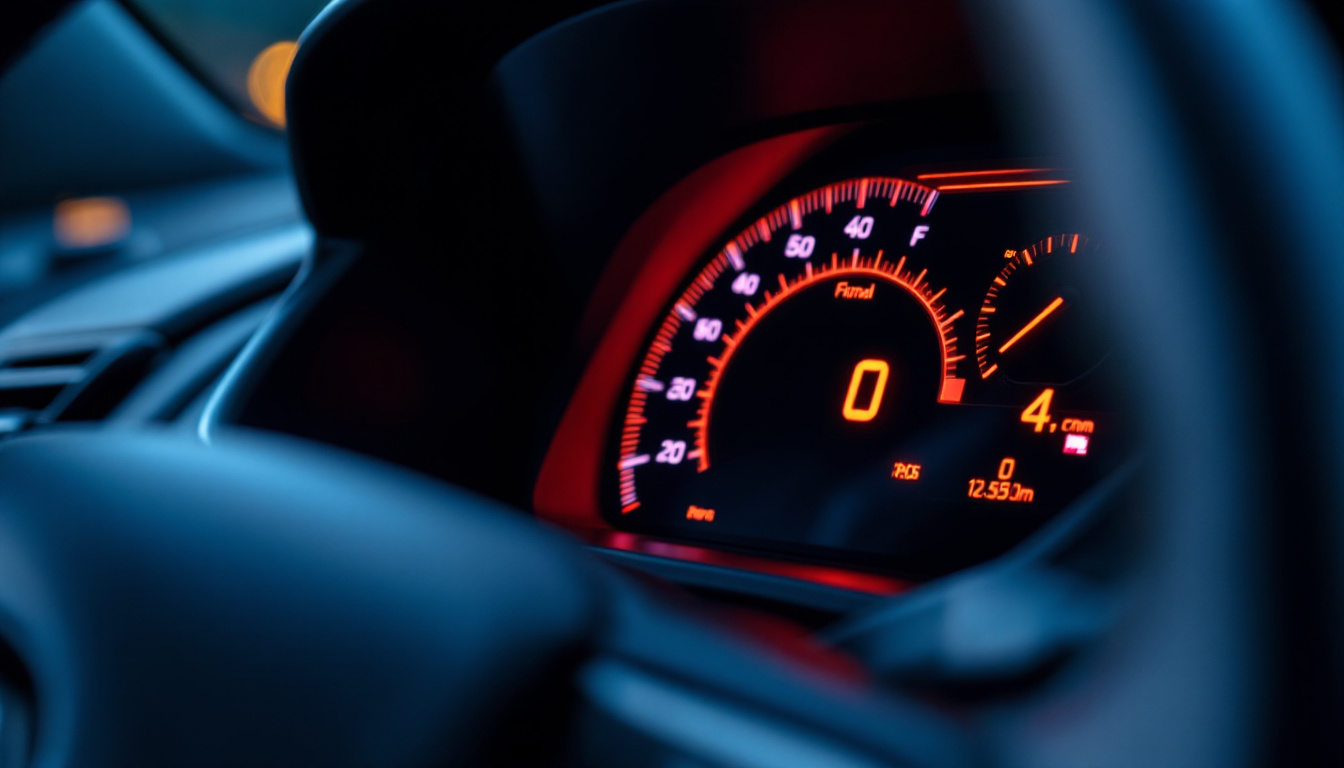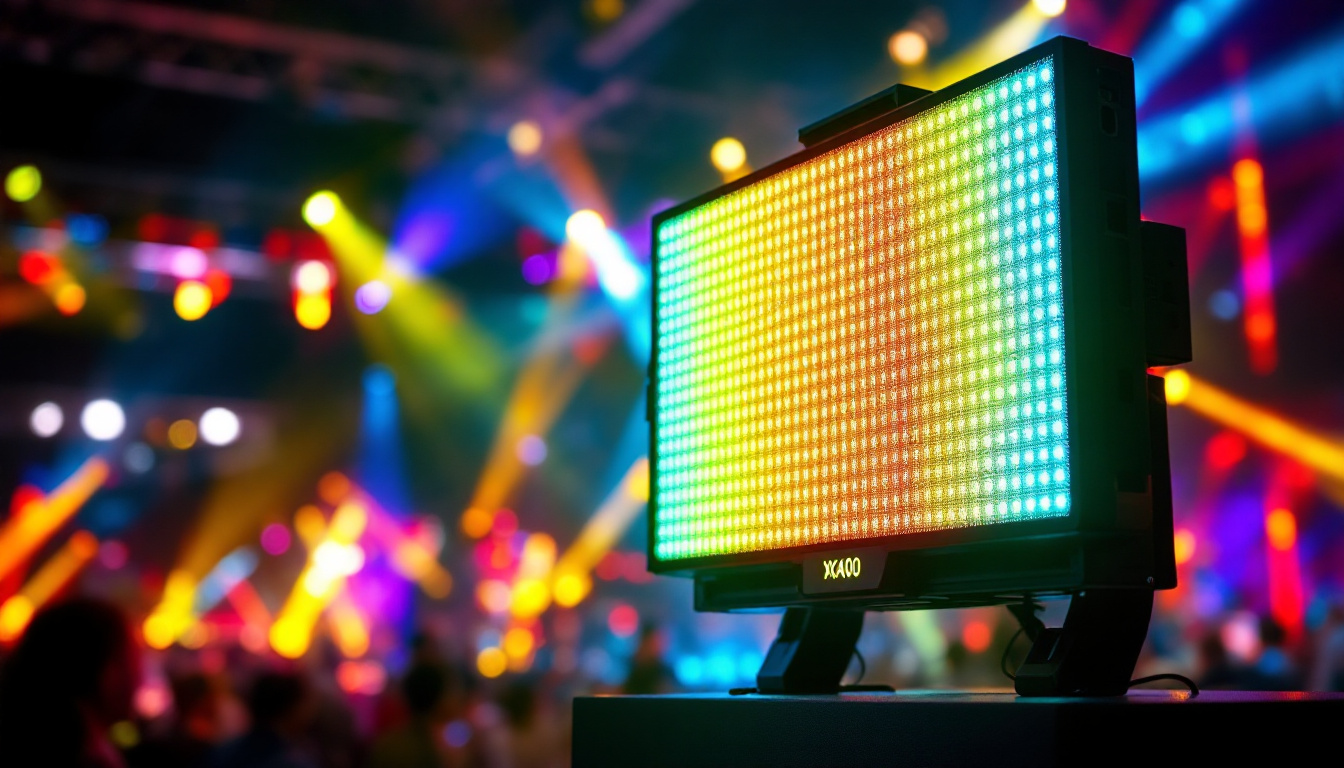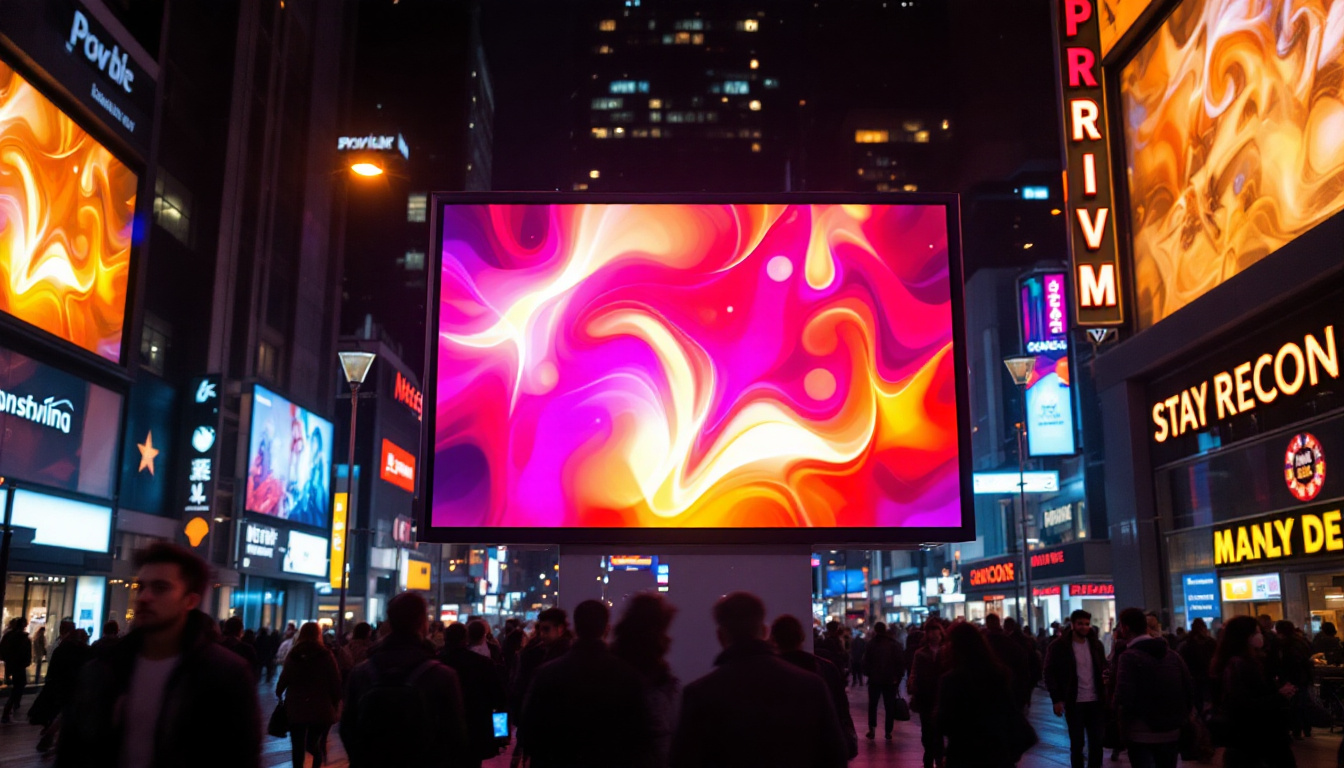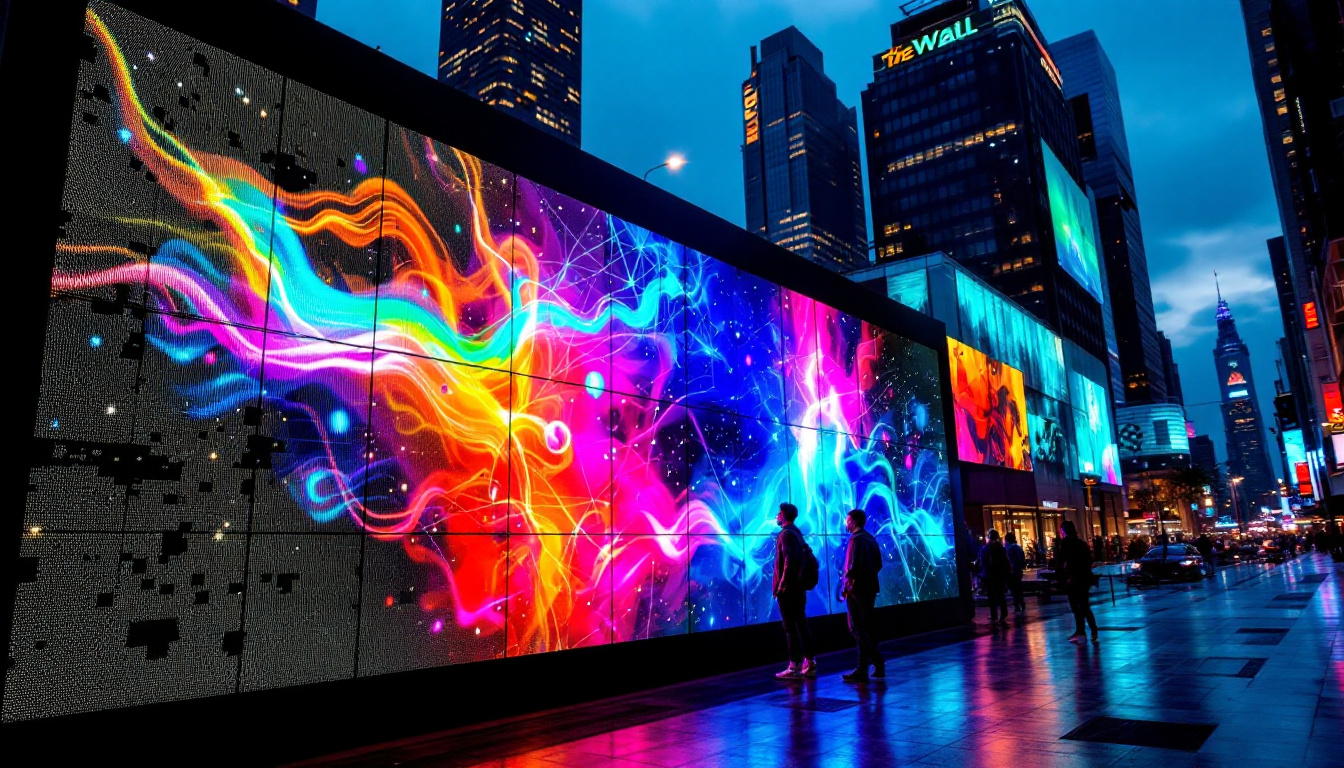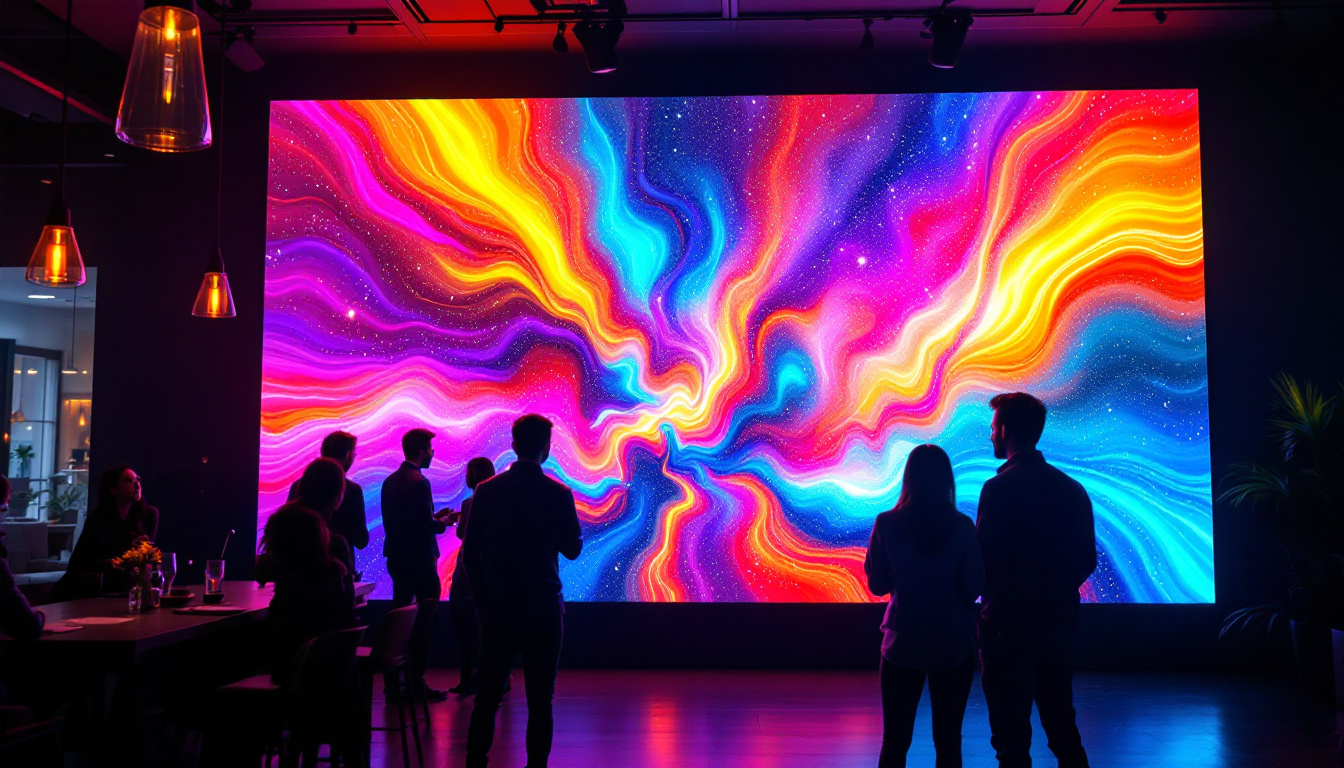In the realm of modern technology, LED displays have emerged as a dominant force, transforming the way information is presented in various environments. From retail spaces to corporate offices, the versatility and visual appeal of LED displays make them an essential component in contemporary design. This article delves into the intricacies of wall support for LED displays, exploring their functionality, installation methods, and the advantages they offer in diverse settings.
Understanding LED Displays
LED displays, or Light Emitting Diode displays, utilize semiconductor technology to produce vibrant images and videos. They are known for their energy efficiency, longevity, and ability to deliver high-quality visuals. The fundamental principle behind LED displays is the emission of light from diodes, which can be arranged in various configurations to create screens of different sizes and resolutions. This technology has revolutionized the way we experience visual content, making it an essential component in various fields, from advertising to entertainment.
Types of LED Displays
There are several types of LED displays, each designed for specific applications. The most common types include:
- Direct View LED Displays: These are typically used for large outdoor advertising and public displays. They provide high brightness levels and can be viewed from a distance, making them ideal for billboards and stadiums. Their durability against weather conditions also contributes to their popularity in outdoor settings.
- LED Video Walls: Comprising multiple LED panels, these displays are often used in control rooms, auditoriums, and event spaces, offering a seamless visual experience. The modular nature of video walls allows for flexible configurations, accommodating various aspect ratios and sizes, which is particularly useful for immersive presentations or concerts.
- Indoor LED Displays: These are designed for indoor environments, such as retail stores and conference rooms, where high-resolution visuals are essential. Their ability to deliver crisp images even in well-lit spaces makes them a preferred choice for businesses looking to engage customers or enhance presentations.
How LED Displays Work
The operation of LED displays hinges on the arrangement of pixels, which are the smallest units of an image. Each pixel is made up of red, green, and blue diodes, which combine to create a spectrum of colors. By adjusting the intensity of each diode, a wide range of colors can be produced, resulting in stunning visuals. This pixel-level control allows for precise image rendering, which is crucial for applications requiring high detail, such as medical imaging or graphic design.
Additionally, LED displays are controlled by sophisticated software that manages the content displayed. This allows for dynamic updates, ensuring that the information presented is always current and relevant. Many modern LED displays also support interactive features, enabling users to engage directly with the content through touch or gesture controls. This interactivity opens up new avenues for marketing and education, allowing for more engaging and personalized experiences.
Moreover, advancements in LED technology have led to the development of organic LEDs (OLEDs), which offer even greater flexibility and color accuracy. OLED displays are thinner and can be made to bend or curve, leading to innovative designs in consumer electronics and signage. As the technology continues to evolve, we can expect to see even more applications and enhancements in the realm of LED displays, making them an integral part of our visual landscape.
The Importance of Wall Support
Wall support is a critical aspect of LED display installation. Proper support ensures that the display is securely mounted, minimizing the risk of damage and ensuring optimal performance. The choice of wall support can significantly affect the overall viewing experience and the longevity of the display. A well-supported LED display not only enhances the aesthetic appeal of a space but also contributes to the safety of viewers, preventing accidents that could arise from a poorly mounted screen.
Moreover, the installation of wall support is not merely a technical requirement; it is an integral part of the overall design strategy. The alignment and stability provided by appropriate wall support can create a seamless integration of technology within the environment, whether in a corporate office, retail space, or public venue. This thoughtful integration can transform a simple display into a focal point that captivates and engages the audience, making the choice of wall support even more paramount.
Factors to Consider When Choosing Wall Support
When selecting wall support for an LED display, several factors must be taken into account:
- Weight Capacity: LED displays can vary significantly in weight, depending on their size and technology. It is essential to choose wall support that can safely bear the weight of the display. Overloading a mount can lead to catastrophic failures, resulting in costly repairs and potential injury.
- Mounting Location: The location of the installation plays a crucial role in determining the type of wall support needed. For example, outdoor displays may require more robust support due to exposure to environmental elements. Additionally, indoor displays in high-traffic areas may need to be mounted higher to avoid accidental contact.
- Viewing Angle: The wall support should allow for optimal viewing angles, ensuring that the display is visible from various positions within the space. This consideration is especially important in settings like conference rooms or auditoriums, where audience members may be seated at different distances and angles from the screen.
Types of Wall Support Systems
There are several wall support systems available for LED displays, each designed to cater to specific installation needs:
- Fixed Mounts: These are the most common type of wall support, providing a secure and permanent installation. Fixed mounts are ideal for displays that do not require frequent adjustments. They are often used in environments where the display is intended to remain in a static position, such as in control rooms or retail signage.
- Tilting Mounts: These mounts allow for slight adjustments in the angle of the display, making them suitable for environments where viewers may be positioned at different heights. This feature is particularly beneficial in spaces like classrooms or lecture halls, where the audience may be seated at varying elevations.
- Full-Motion Mounts: Offering the most flexibility, full-motion mounts enable the display to be adjusted in multiple directions. This is particularly useful in interactive environments where viewers may need to engage with the content from various angles. These mounts are often employed in dynamic settings such as trade shows or exhibitions, where the display may need to be repositioned frequently to accommodate different viewer groups.
In addition to these types, it is also worth considering the aesthetic aspects of wall support systems. Many modern mounts are designed to be sleek and unobtrusive, blending seamlessly with the decor of the space. This attention to design can enhance the overall impact of the LED display, ensuring that it not only serves a functional purpose but also contributes to the visual narrative of the environment. Furthermore, the installation process itself can vary significantly between different types of mounts, with some requiring professional installation while others can be easily managed by in-house teams. Understanding these nuances can help in making an informed decision that aligns with both technical requirements and design aspirations.
Installation Process
The installation of an LED display requires careful planning and execution. A well-structured installation process can prevent potential issues and ensure that the display functions optimally from the outset.
Preparation and Planning
Before installation begins, thorough preparation is essential. This includes assessing the installation site, determining the appropriate wall support system, and ensuring that all necessary tools and equipment are available. It is also crucial to consider the electrical requirements and ensure that power sources are accessible.
Mounting the Display
The actual mounting process involves several key steps:
- Secure the wall support system to the wall, ensuring that it is level and properly anchored.
- Carefully attach the LED display to the wall support, following the manufacturer’s instructions to avoid damage.
- Connect the necessary cables for power and data transmission, ensuring that they are neatly organized to prevent any hazards.
Once the display is mounted and connected, it is crucial to test the system to ensure that everything is functioning correctly before finalizing the installation.
Benefits of LED Displays with Proper Wall Support
Investing in LED displays with the right wall support offers numerous advantages that can enhance the overall effectiveness of visual communication.
Enhanced Visual Experience
With proper wall support, LED displays can be positioned optimally, providing viewers with the best possible visual experience. This is particularly important in environments where the display is used for advertising, presentations, or public information dissemination.
Moreover, a well-supported display minimizes vibrations and movement, ensuring that the visuals remain clear and stable, which is essential for maintaining audience engagement.
Increased Longevity and Reliability
Proper wall support not only enhances the viewing experience but also contributes to the longevity of the LED display. By securely mounting the display, the risk of damage from accidental bumps or falls is significantly reduced. This, in turn, leads to lower maintenance costs and a longer lifespan for the display.
Maintenance and Care for LED Displays
Maintaining an LED display is crucial to ensure its continued performance and longevity. Regular care can prevent issues and keep the display looking its best.
Regular Cleaning
Dust and debris can accumulate on the surface of an LED display, affecting its brightness and clarity. Regular cleaning with a soft, lint-free cloth is recommended to keep the screen free from contaminants. It is essential to avoid using harsh chemicals that could damage the display.
Periodic Inspections
Conducting periodic inspections of the wall support and the display itself can help identify potential issues before they become significant problems. Checking for loose connections, signs of wear, or any physical damage is crucial to maintaining the display’s functionality.
Future Trends in LED Display Technology
The field of LED display technology is continually evolving, with new innovations emerging regularly. Understanding these trends can help businesses and organizations stay ahead of the curve.
Advancements in Resolution and Brightness
As technology progresses, LED displays are becoming increasingly capable of delivering higher resolutions and brightness levels. This trend is particularly evident in the development of microLED technology, which offers superior image quality and energy efficiency.
These advancements are paving the way for more immersive experiences in various applications, from entertainment to education.
Integration with Smart Technology
The integration of LED displays with smart technology is another significant trend. Displays are now being designed to work seamlessly with IoT devices, allowing for real-time content updates and enhanced interactivity. This integration opens up new possibilities for engaging audiences in innovative ways.
Conclusion
In summary, LED displays have revolutionized visual communication, offering unparalleled clarity and versatility. Understanding the importance of wall support is essential for maximizing the potential of these displays. By choosing the right support system, following proper installation procedures, and maintaining the display, organizations can ensure that their LED displays serve as effective tools for engagement and information dissemination.
As technology continues to advance, staying informed about the latest trends and innovations in LED display technology will be crucial for businesses looking to leverage these powerful visual tools in their operations.
Discover LumenMatrix LED Display Solutions
Ready to elevate your visual communication with cutting-edge LED technology? Look no further than LumenMatrix, where innovation meets excellence in creating dynamic visual experiences. From Indoor and Outdoor LED Wall Displays to specialized solutions like Vehicle, Sports, and Floor LED Displays, LumenMatrix offers a comprehensive range of products designed to captivate your audience. Embrace the future of digital signage with our Custom, All-in-One, and Transparent LED Displays, each crafted to deliver your message with unparalleled impact. Check out LumenMatrix LED Display Solutions today and transform your space into a beacon of engagement and clarity.

